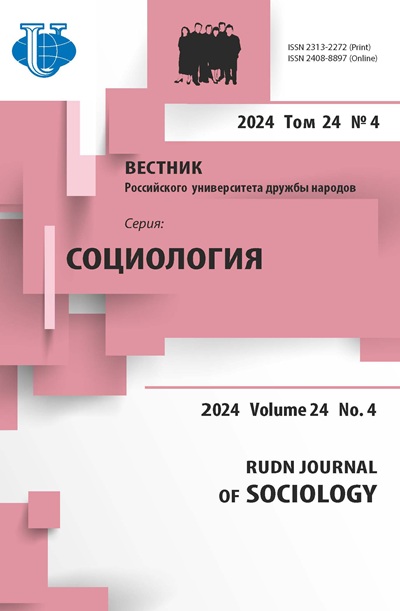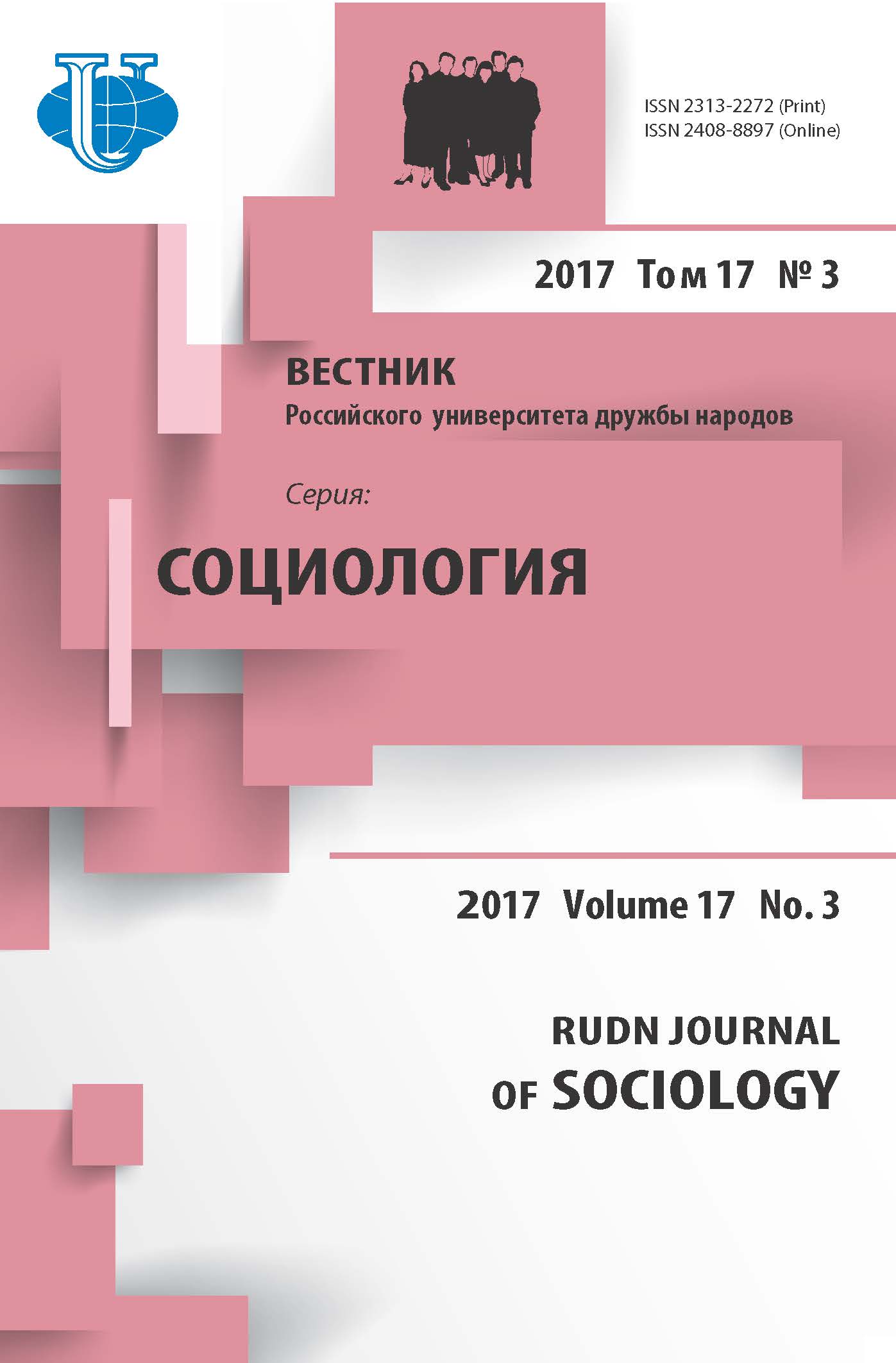Abstract
The article focuses on the prospects of creating vignettes as a new method in empirical sociology. It is a good alternative to the conventional mass survey methods. The article consists of a few sections differing by the focus. The vignette method is not popular among Russian scientists, but has a big history abroad. A wide range of problems can be solved by this method (e.g. the prospects for guardianship and its evaluation, international students’ adaptation to the educational system, social justice studies, market-ing and business research, etc.). The vignette method can be used for studying different problems including sensitive questions (e.g. HIV, drugs, psychological trauma, etc.), because it is one of the projective techniques. Projective techniques allow to obtain more reliable information, because the respondent projects one situation on the another, but at the same time responds to his own stimulus. The article considers advantages and disadvantages of the method. The authors provide information about the limitations of the method. The article presents the key principles for designing and developing the vignettes method depending on the research type. The authors provide examples of their own vignettes tested in the course of their own empirical research. The authors highlight the advantages of the logical-combinatorial approaches (especially the JSM method with its dichotomy) for the analysis of data in quantitative research. Also they consider another method of the analysis of the data that implies the technique of “steeping”, i.e. when the respondent gets new information step by step, which extends his previous knowledge.














